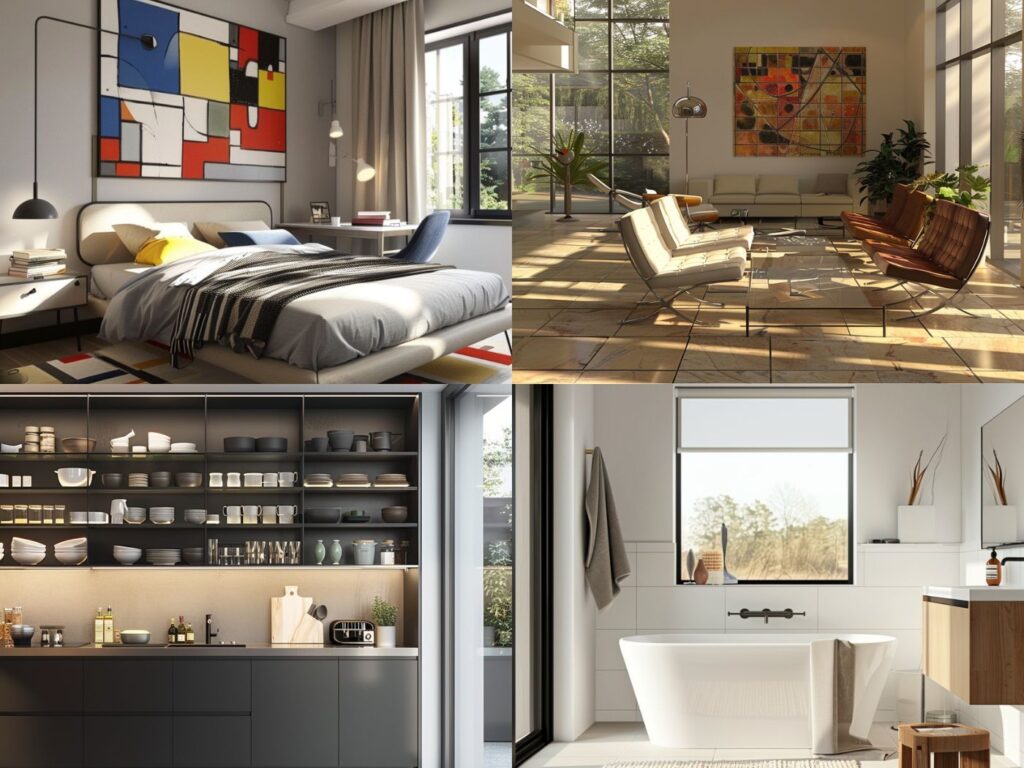Are you tired of cluttered spaces and overwhelming decor? Bauhaus interior design may well be the solution you’ve been searching for. Rooted in simplicity, functionality, and clean lines, this iconic design philosophy transforms your living space into a harmonious blend of form and function.
11 Evolution of Bauhaus Interior Design Ideas And Styles
#1. Bauhaus Living Room Interior Idea
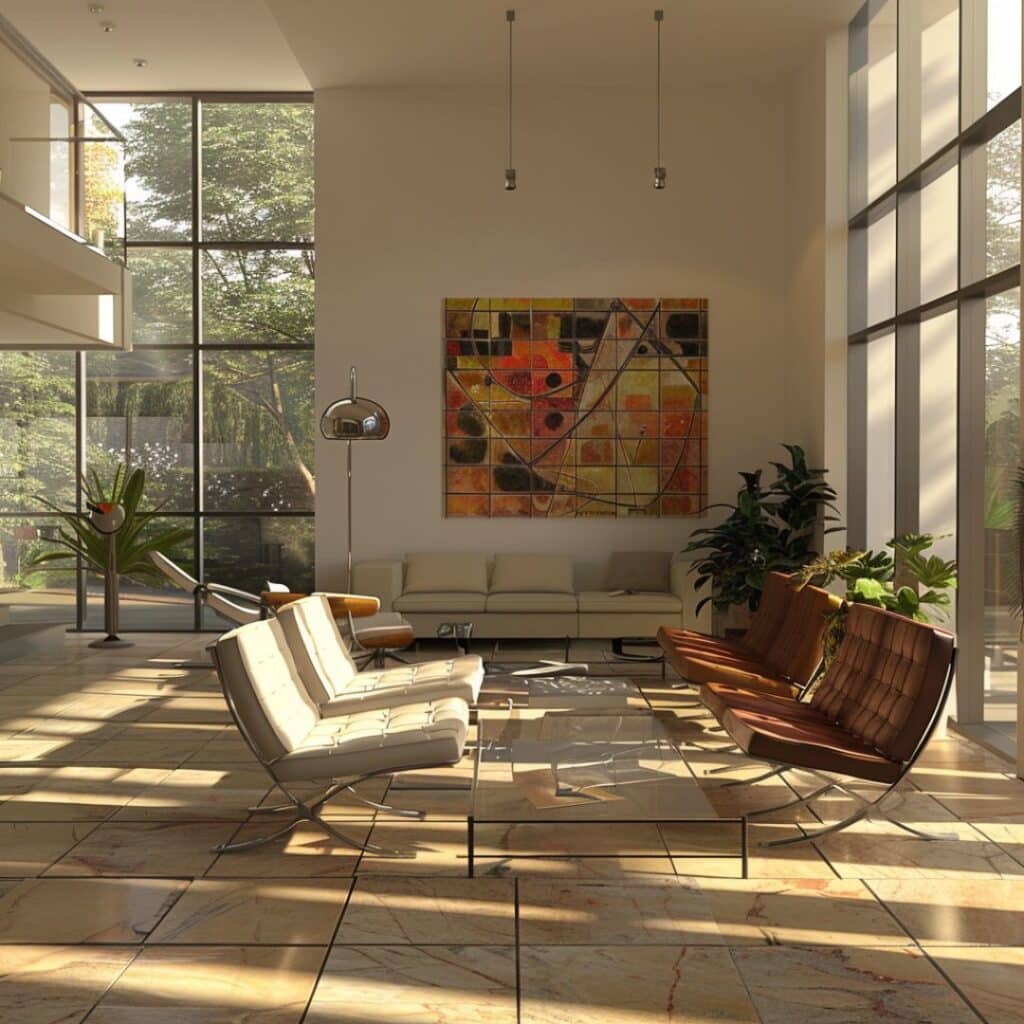
#2. Bauhaus Living Room Interior Design
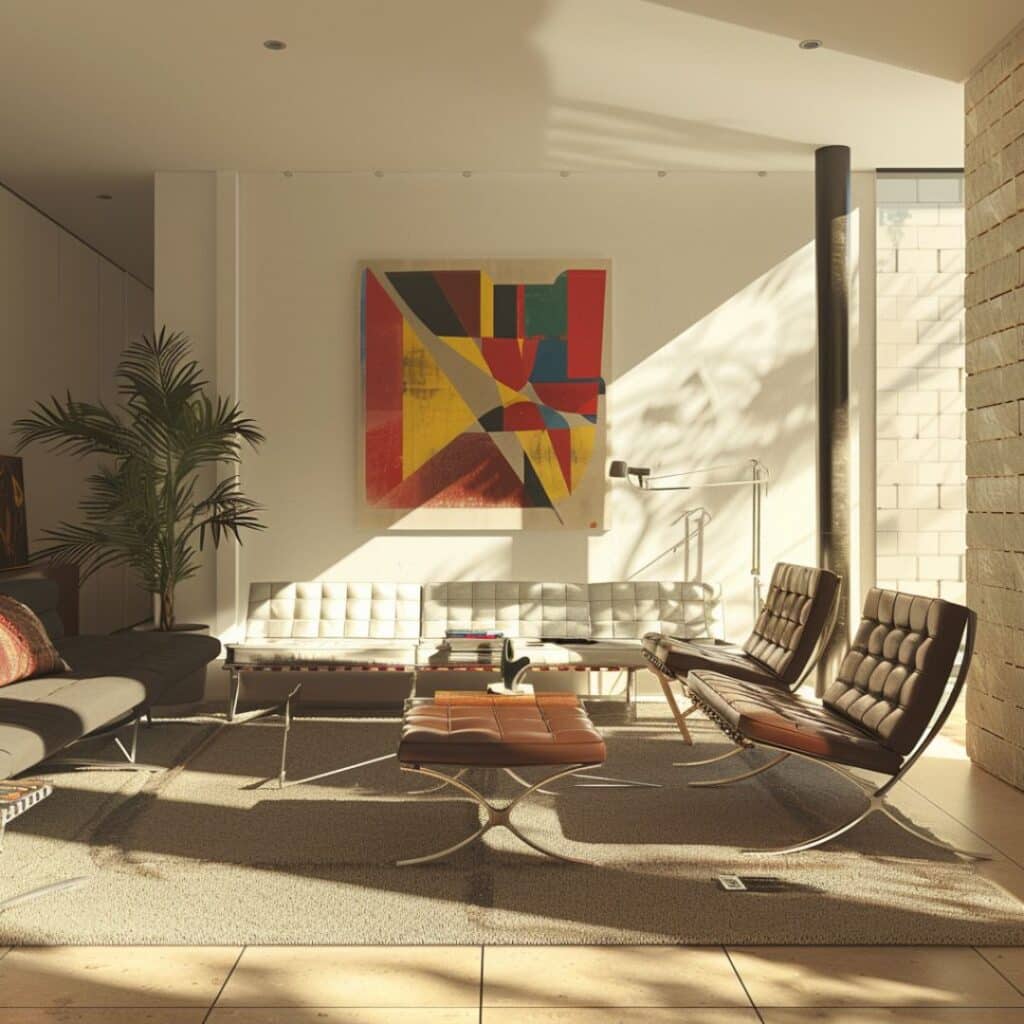
#3. Bauhaus Kitchen Interior Design

#4. Bauhaus Guest Bedroom Interior Design
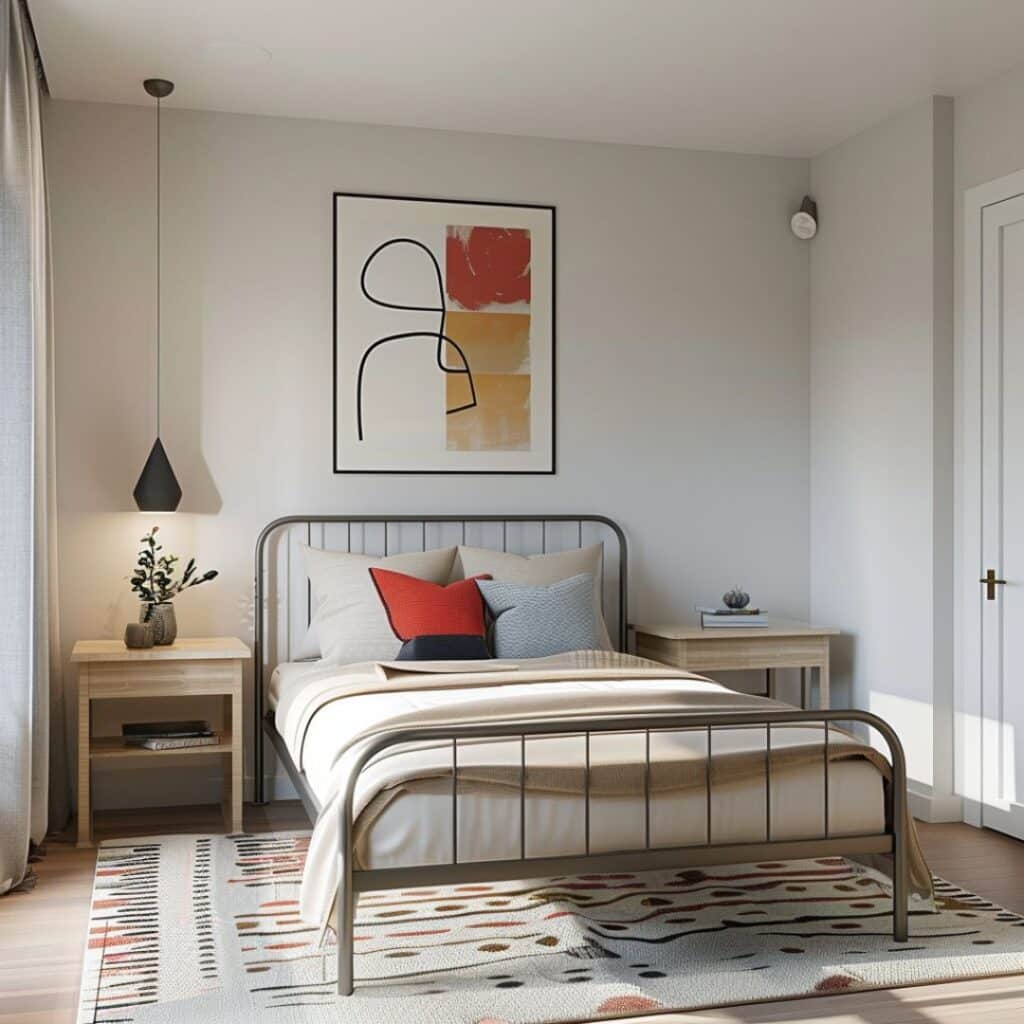
#5. Bauhaus Guest Bedroom Idea
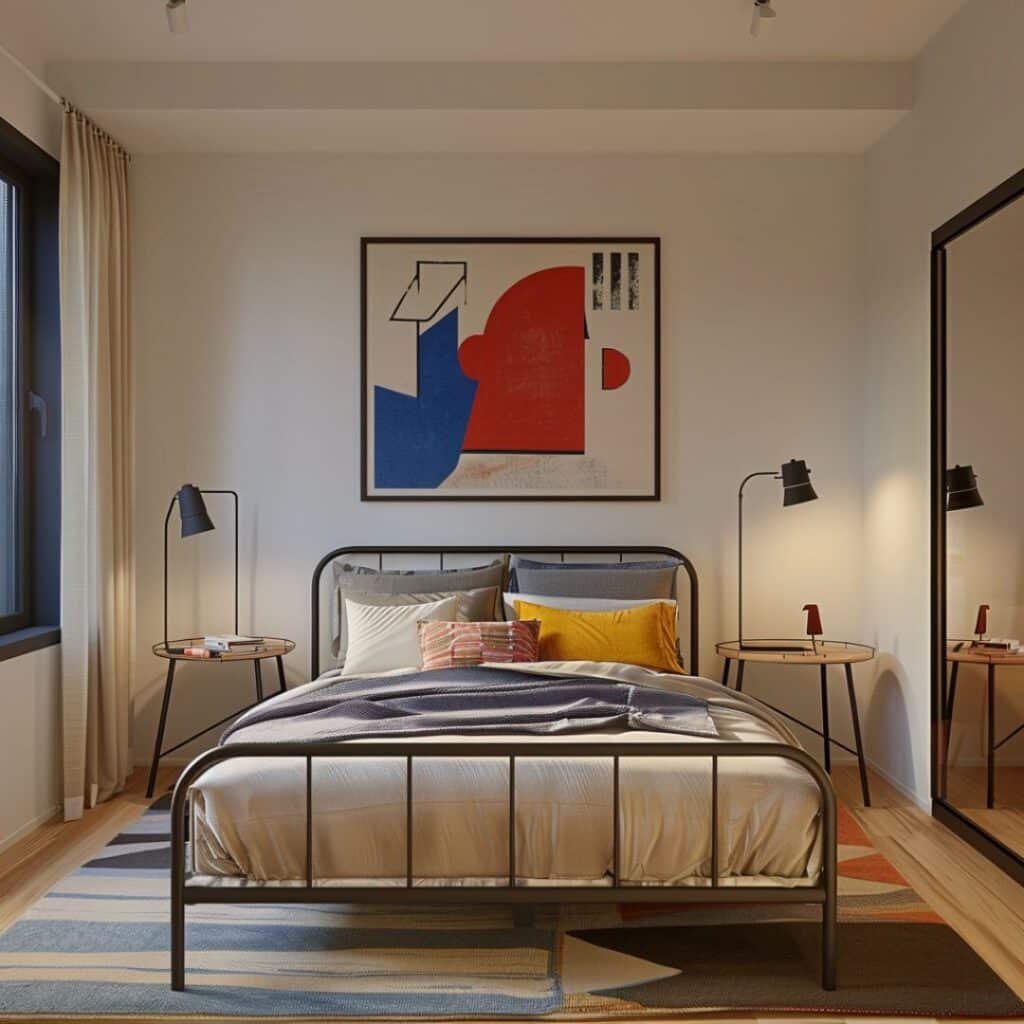
#6. Bauhaus Guest Bedroom Design
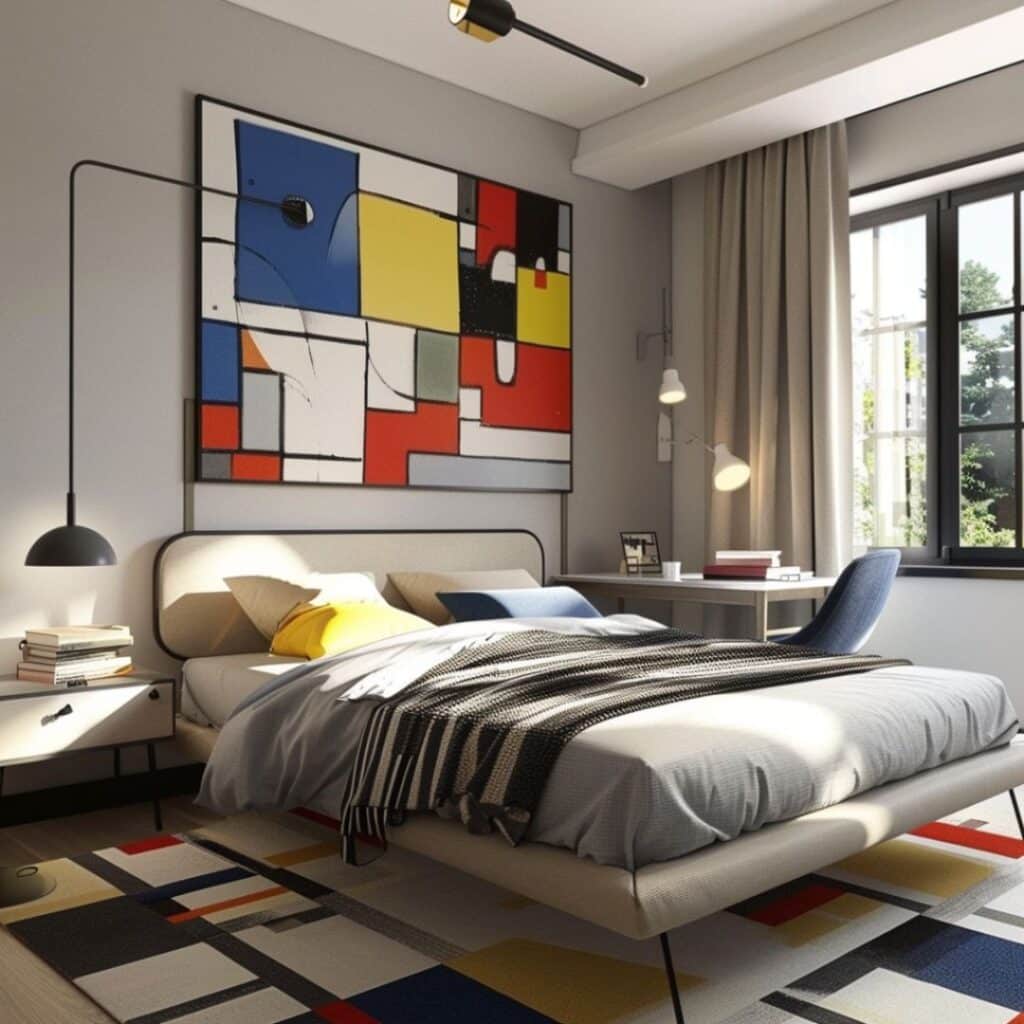
#7. Bauhaus Bedroom Picture
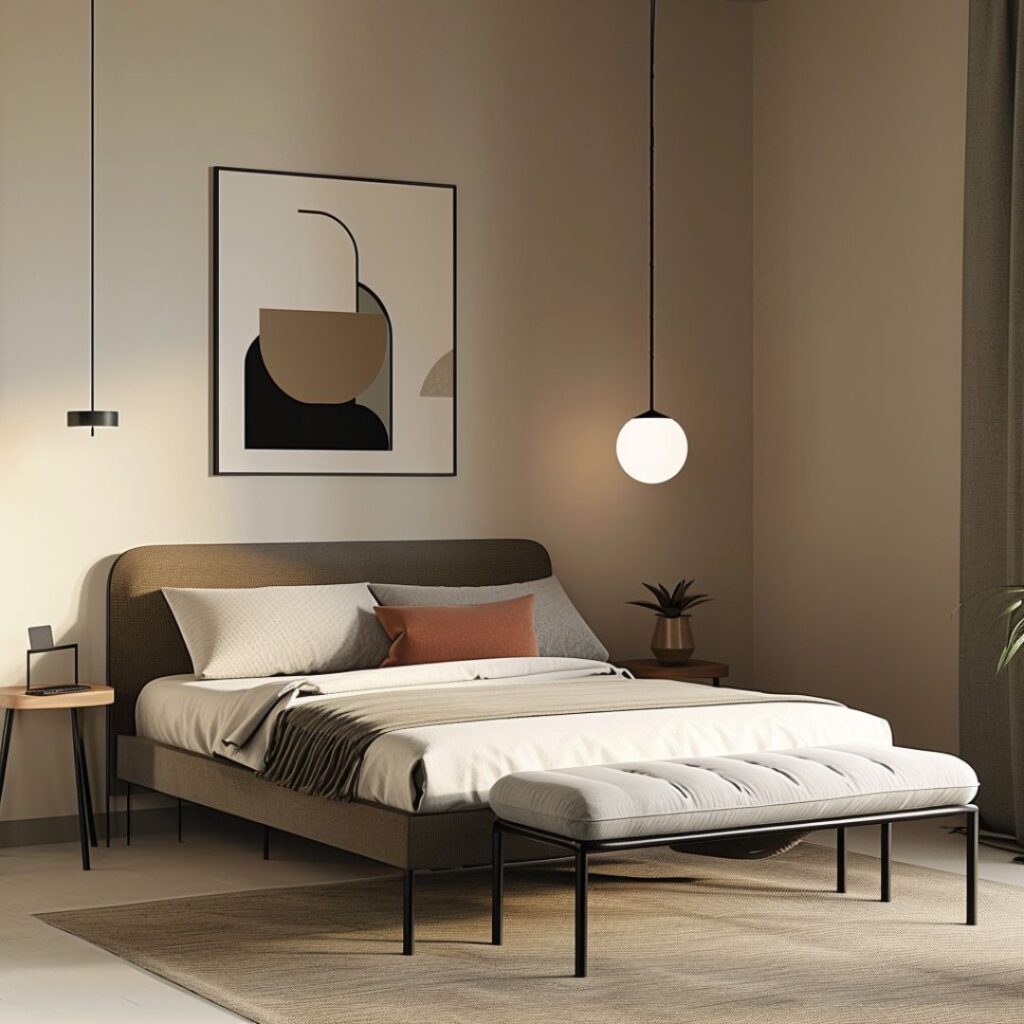
#8. Bauhaus Bedroom Interior Design
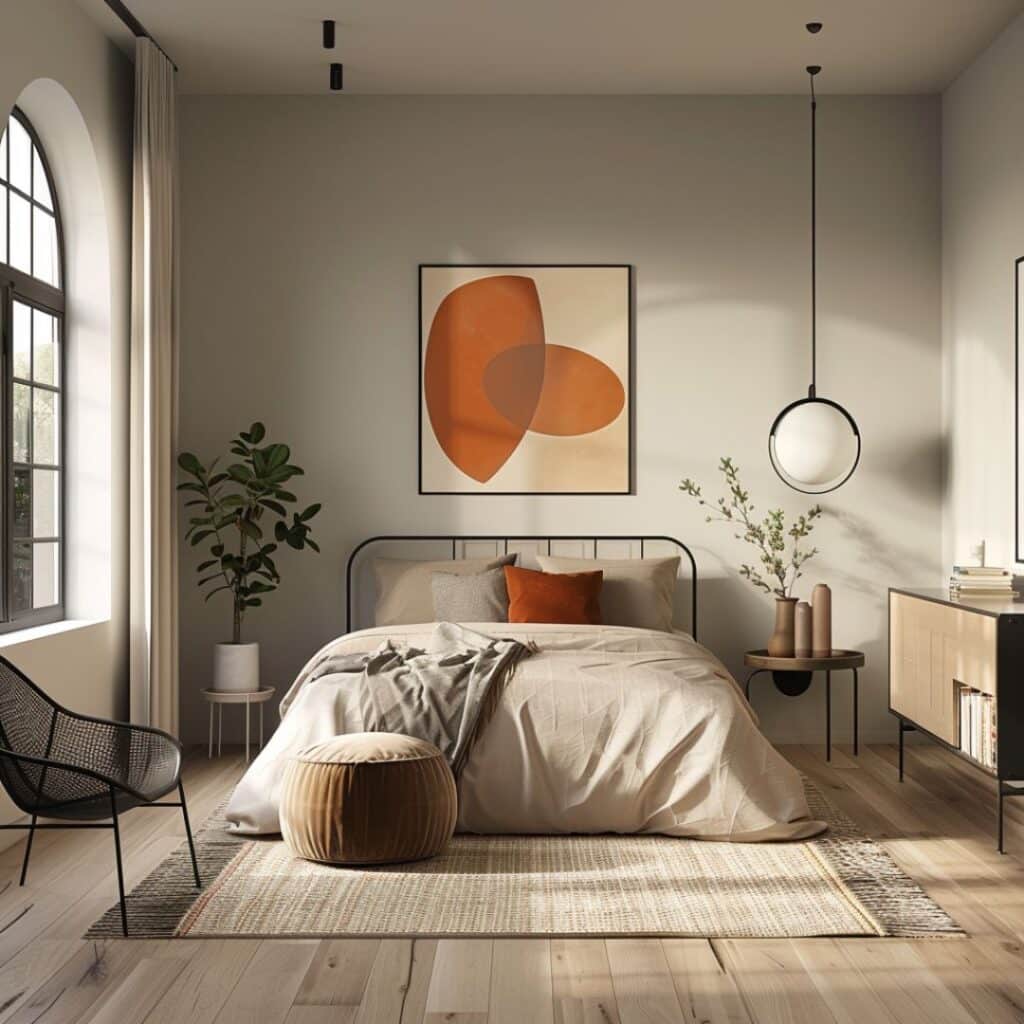
#9. Bauhaus Bathroom Interior Idea
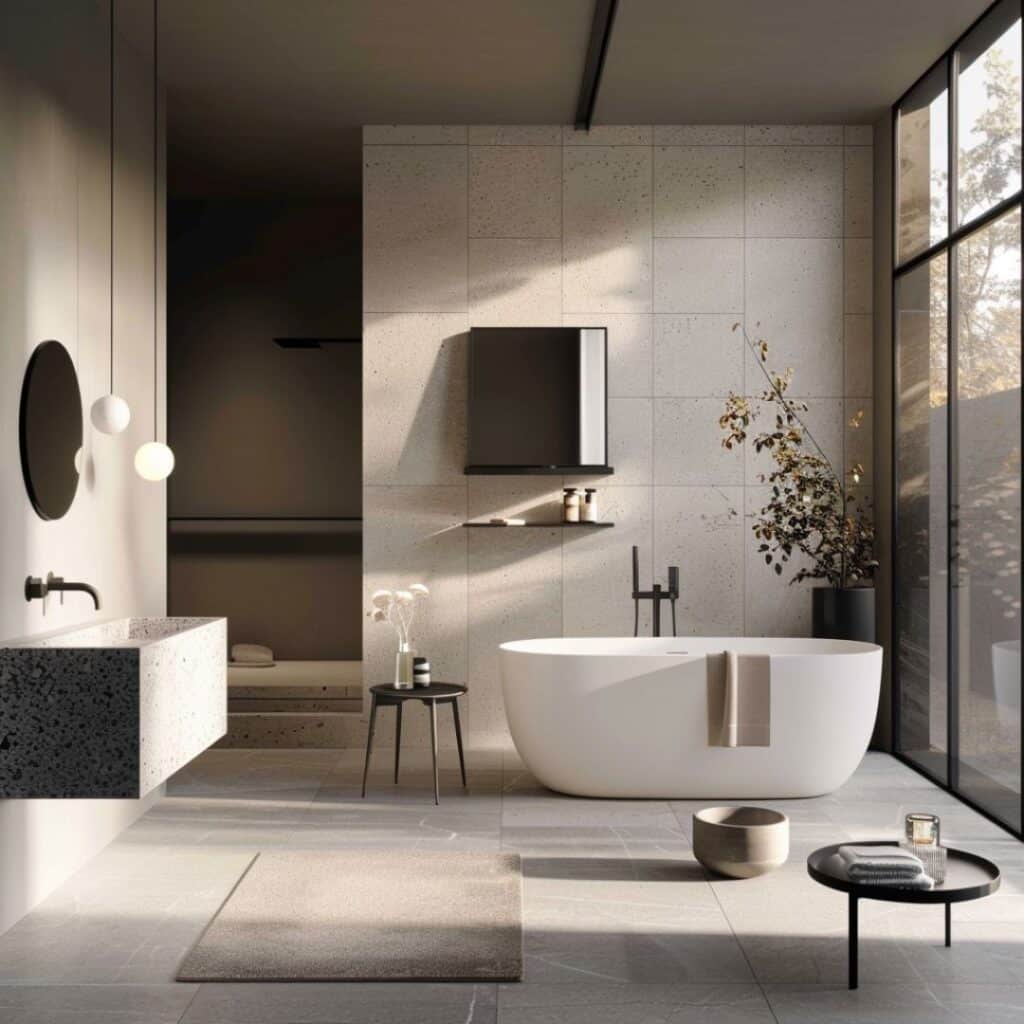
#10. Bauhaus Bathroom Interior Design
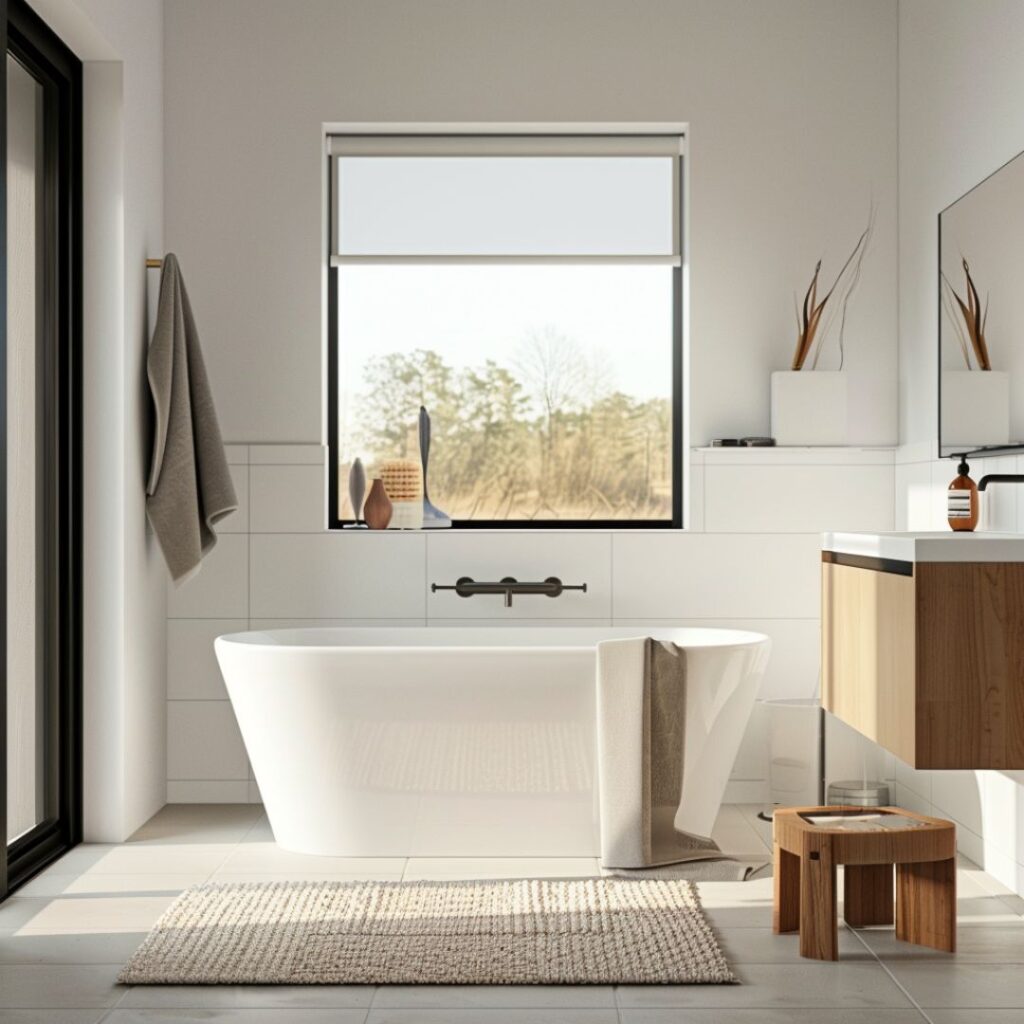
#11. Bauhaus Bathroom Design
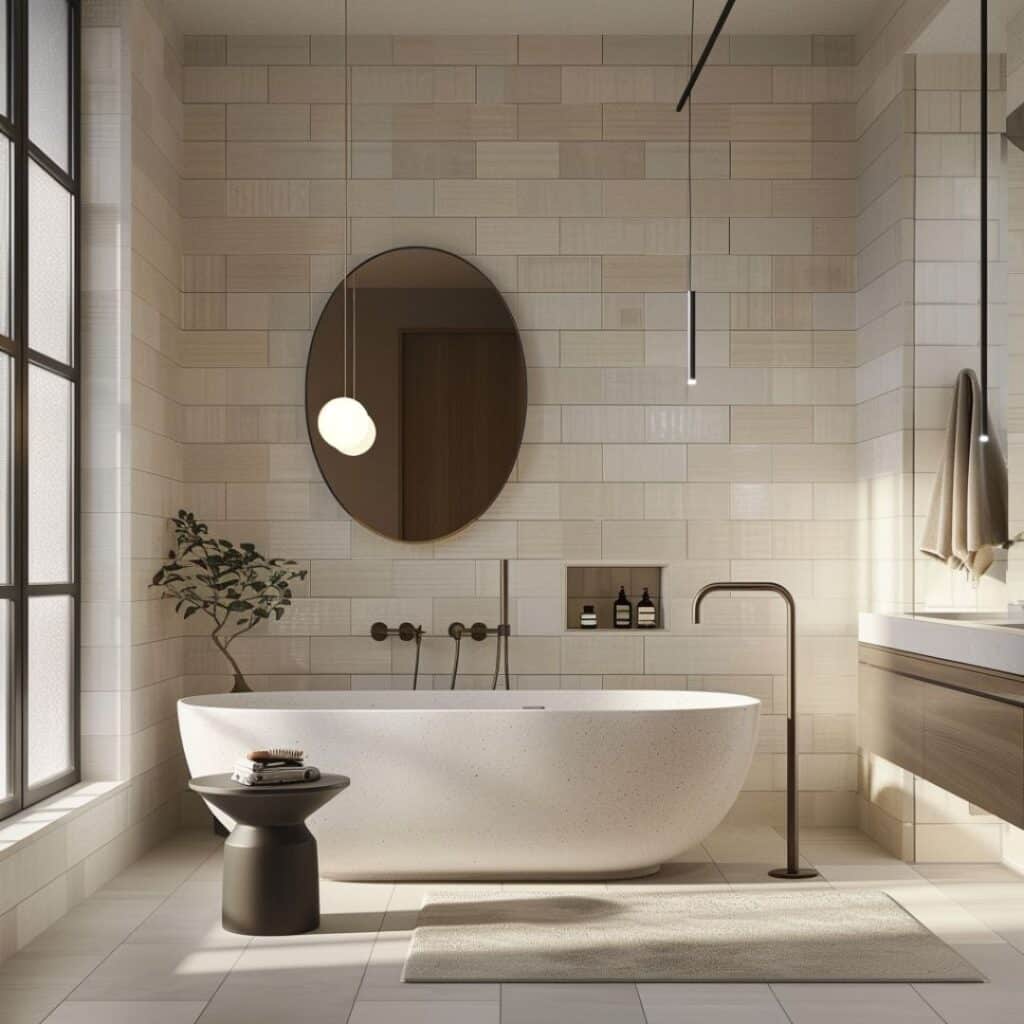
Evolution of Bauhaus Interior Design
Bauhaus interior design has evolved significantly since its inception. This evolution reflects changes in society, technology, and aesthetics.
Origins and Philosophies
The Bauhaus movement began in 1919 at the Staatliches Bauhaus school in Germany. Founder Walter Gropius emphasized the unity of art, craft, and technology. The philosophy focused on functionality and simplicity. It rejected ornate designs for practical solutions.
Influence on Modern Furniture and Decor
Modern furniture often showcases clean lines and geometric shapes. Iconic pieces like Marcel Breuer’s Wassily Chair highlight this influence. Many decor elements prioritize minimalism, using materials like steel, glass, and wood. These choices create spaces that are both functional and aesthetically pleasing.
Bauhaus principles continue to shape contemporary interiors through timeless designs.
Key Features of Bauhaus Interior Design
Bauhaus interior design focuses on simplicity and functionality. It combines practicality with aesthetic appeal, emphasizing clean lines and geometric shapes.
Emphasis on Functionality
Functionality stands at the core of Bauhaus design. Every piece serves a purpose beyond mere decoration. For example, furniture often includes built-in storage to maximize space efficiency. Designers avoid unnecessary embellishments, creating a clutter-free environment.
Use of Industrial Materials
Industrial materials like steel, glass, and wood dominate Bauhaus interiors. Steel frames provide structural integrity while maintaining a sleek appearance. Glass allows natural light to flood spaces, enhancing openness. Wood elements add warmth without compromising modernity. These principles closely align with the tenets of minimalist interior design.
These features make Bauhaus interiors practical yet visually striking, blending form with function seamlessly.
Iconic Bauhaus Designers and Their Contributions
Explore the influential figures behind Bauhaus interior design. These designers shaped modern aesthetics through their visionary approaches.
Walter Gropius and the Bauhaus School
Walter Gropius founded the Staatliches Bauhaus in 1919. He aimed to bridge art, craft, and technology. His emphasis on functionality over ornamentation redefined architecture and interior spaces.
Gropius designed buildings with clean lines and industrial materials. The Fagus Factory exemplifies his principles with its glass facades and open interiors.
Ludwig Mies van der Rohe’s Minimalist Influence
Ludwig Mies van der Rohe championed minimalism in design. He coined “less is more,” focusing on simplicity and clarity.
His Barcelona Pavilion features sleek surfaces and open spaces. This approach influenced modern interiors by prioritizing form’s purity over decorative elements.
Implementing Bauhaus Style in Modern Homes
Choosing Furniture and Accessories
Opt for furniture with clean lines and geometric shapes. Look for pieces crafted from steel, glass, or wood. Select accessories that emphasize simplicity and functionality.
Include multi-functional items like storage ottomans or modular sofas. This helps maintain a clutter-free space while adhering to Bauhaus principles.
Balancing Function and Form
Prioritize designs that serve a practical purpose over decorative elements. Choose items where form follows function, reflecting the true essence of Bauhaus.
Incorporate open floor plans to promote free movement and natural light flow. This creates an airy environment that aligns with minimalist aesthetics.

